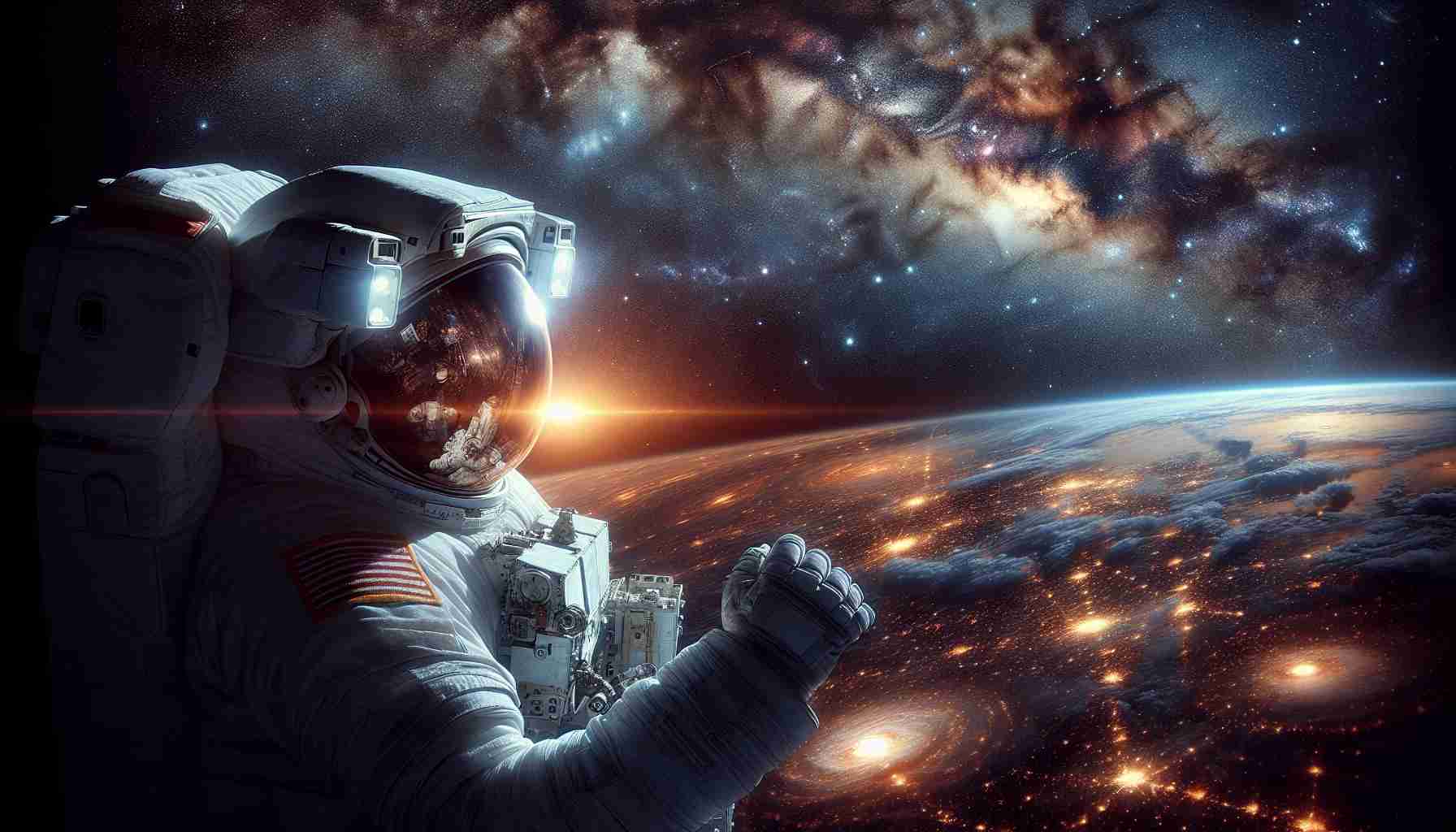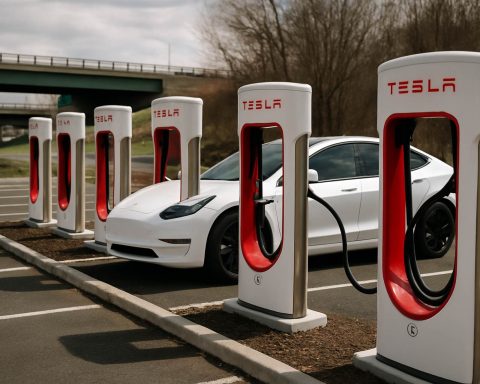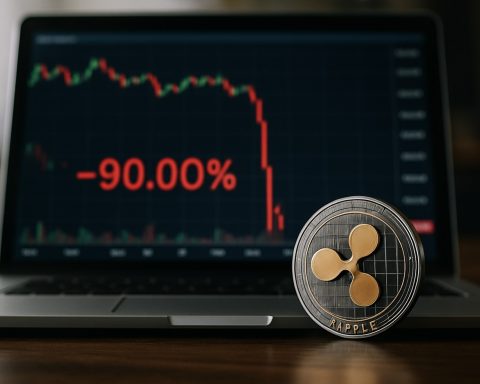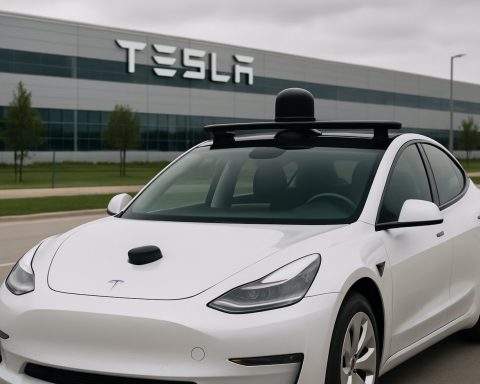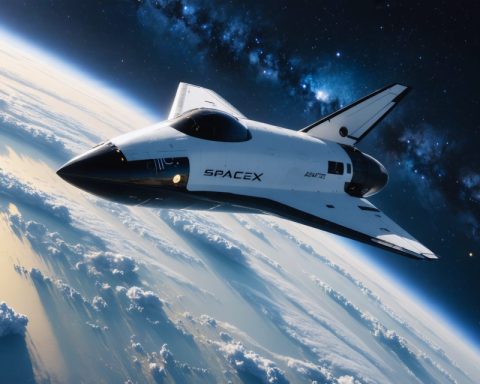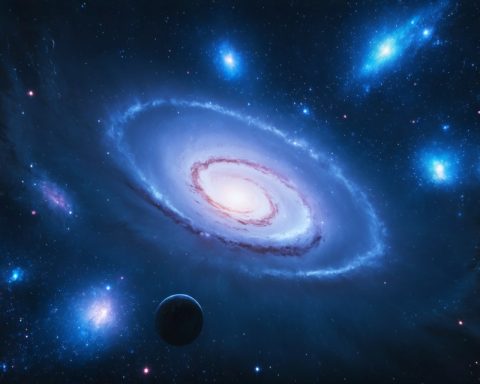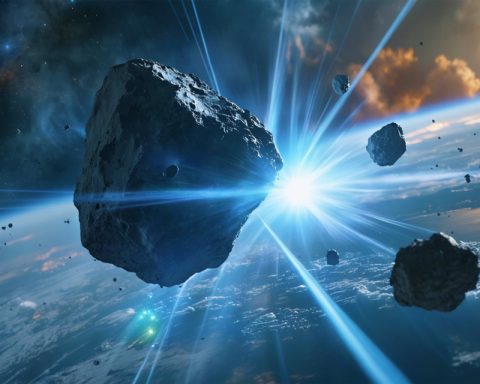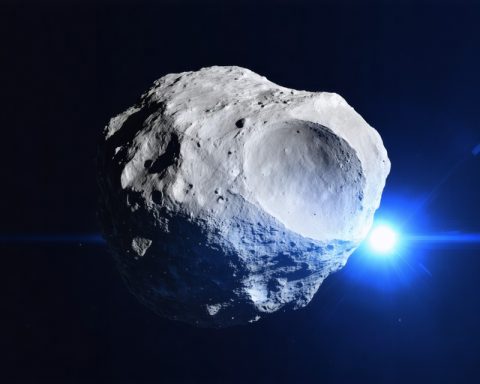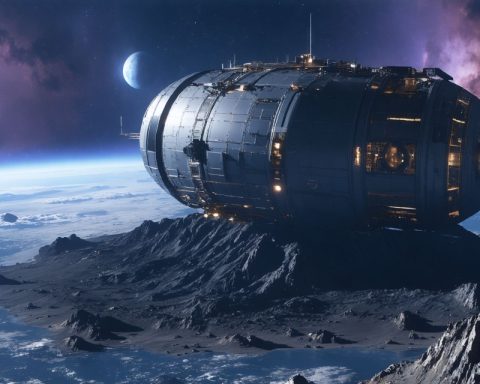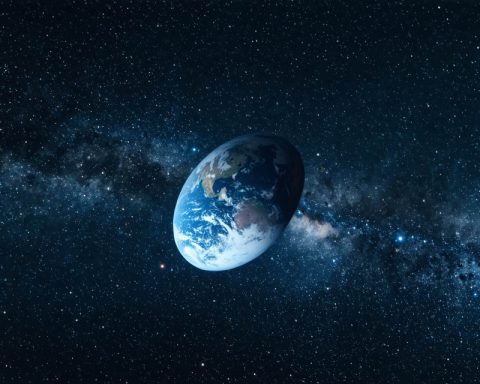A Legendary Astronaut Back in Action
Sunita Williams, a renowned NASA astronaut, has successfully completed her first spacewalk in 12 years while stationed aboard the International Space Station (ISS). This historic event occurred after a seven-month mission in orbit, marking a significant achievement in her illustrious career.
Due to a technical glitch, her planned return to Earth alongside fellow astronaut Butch Wilmore has faced delays, now rescheduled for late March or early April. Despite the setback, Williams took to the void of space with astronaut Nick Hague for essential maintenance on the ISS.
During this six-hour endeavor, the duo diligently replaced a reflector device on a docking adaptor and made vital repairs to the NICER X-ray telescope, which plays a crucial role in astrophysics research. They also assessed crucial tools for future tasks involving the Alpha Magnetic Spectrometer.
As Williams prepared for the mission, she expressed her readiness with enthusiasm. Looking ahead, a second spacewalk with Wilmore is scheduled for January 23, where they will conduct further repairs, including the removal of an antenna for radio communication and the collection of microorganisms for study.
Overall, this accomplished astronaut continues to push the boundaries of space exploration, showcasing resilience and expertise in her field. Williams’ journey emphasizes the thrilling advancements and challenges of human spaceflight.
The Broader Impact of Space Exploration on Society and the Environment
The recent achievements of astronaut Sunita Williams highlight not only her individual contributions but also underscore the larger implications of space exploration for society, culture, and the global economy. As humanity ventures further into the cosmos, we are forced to grapple with profound questions about our place in the universe and how we can leverage these advancements for terrestrial benefits.
Spacewalks, such as Williams’s recent endeavor, are pivotal for the continuous operation of the International Space Station (ISS), which serves as a microcosm for international collaboration. The ISS represents a unique convergence of global scientific knowledge, where contributions from dozens of countries collectively address challenges, enhancing diplomatic relations and fostering a spirit of cooperative exploration.
From an economic perspective, the future of space exploration is ripe with potential. The burgeoning commercial space sector, exemplified by companies working on satellite deployment and resource extraction from asteroids, could lead to significant job creation and technological innovation. It is estimated that the global space economy could grow to $1 trillion by the next decade, signaling vast opportunities for investment and development.
Moreover, as awareness grows regarding the potential environmental impacts of space debris and resource utilization from celestial bodies, long-term sustainability becomes a pressing concern. Addressing these issues is imperative as we move toward a civilization that potentially lives and works in space. Future missions must prioritize ecological stewardship and responsible exploration to mitigate the risks posed to our fragile planet and its orbiting environment.
In conclusion, as figures like Williams continue to break barriers, the repercussions of their work extend beyond the immediate realm of astronauts and their missions, inviting us to reflect on how space exploration informs the future of humanity, both on Earth and beyond.
Sunita Williams: The Astronaut Who Continues to Inspire Space Exploration
Introduction to Sunita Williams’ Legacy
Sunita Williams, a prominent NASA astronaut, has made headlines with her recent achievements aboard the International Space Station (ISS). After a 12-year hiatus from spacewalks, she has successfully completed a mission marked by vital repairs and advancements in space exploration. Her dedication not only contributes to ongoing scientific research but also inspires future generations in the field of aerospace.
Specifications of the Recent Spacewalk
On her recent mission, Sunita Williams, along with fellow astronaut Nick Hague, undertook a six-hour spacewalk focused on critical maintenance tasks on the ISS. Key details of this spacewalk included:
– Duration: Six hours
– Key Tasks:
– Replacement of a reflector device on a docking adaptor
– Repairs to the NICER X-ray telescope, essential for studying the universe
– Evaluation of tools for upcoming tasks, particularly regarding the Alpha Magnetic Spectrometer (AMS)
Future Endeavors and Scheduled Activities
Despite facing a technical delay that rescheduled her return to Earth, Sunita Williams looks forward to her upcoming work. A second spacewalk is set for January 23, where key operations will include:
– Removal of an antenna for radio communication
– Collection of microorganisms from the ISS for scientific study
These activities underline the ongoing importance of the ISS as a platform for scientific research and technology testing.
Pros and Cons of Spacewalks
Pros:
– Advancement of Science: Spacewalks like those performed by Williams and Hague contribute significantly to our understanding of astrophysics and other scientific fields.
– Skill Development: Each mission enhances astronauts’ skills in handling various technical and repair challenges, preparing them for future, more complex missions.
Cons:
– Risks Involved: Spacewalks come with inherent dangers, including exposure to micrometeorites and the vacuum of space.
– Technical Complexities: Delays due to technical issues, such as those impacting Williams’ return, can complicate mission schedules.
Insights on the Future of Space Exploration
Sunita Williams’ accomplishments reflect a broader trend in the aerospace sector towards more frequent human exploration of space. With advancements in technology and increased international collaboration, the future looks promising for space missions. Notable developments to watch include:
– Innovative Technologies: The use of new materials and robotics in spacewalks is expected to enhance repair and maintenance capabilities.
– Commercial Partnerships: Collaborations with private companies are increasing access to space and allowing for more frequent missions.
The Role of Sustainability in Space Missions
As space exploration expands, sustainability has become a critical focus. NASA and other agencies are prioritizing sustainable practices, such as:
– Spacecraft Reusability: Developing vehicles that can be reused for multiple missions to reduce waste.
– Environmental Monitoring: Conducting studies from space that focus on climate change and Earth’s ecosystems.
Conclusion
Sunita Williams’ recent spacewalk symbolizes a significant achievement in her career and in human space exploration overall. As she continues to push the boundaries of what is possible, her journey serves as a reminder of the challenges and triumphs that define the pursuit of knowledge beyond our planet. To stay updated on Williams and her contributions to space missions, visit NASA’s official website.
